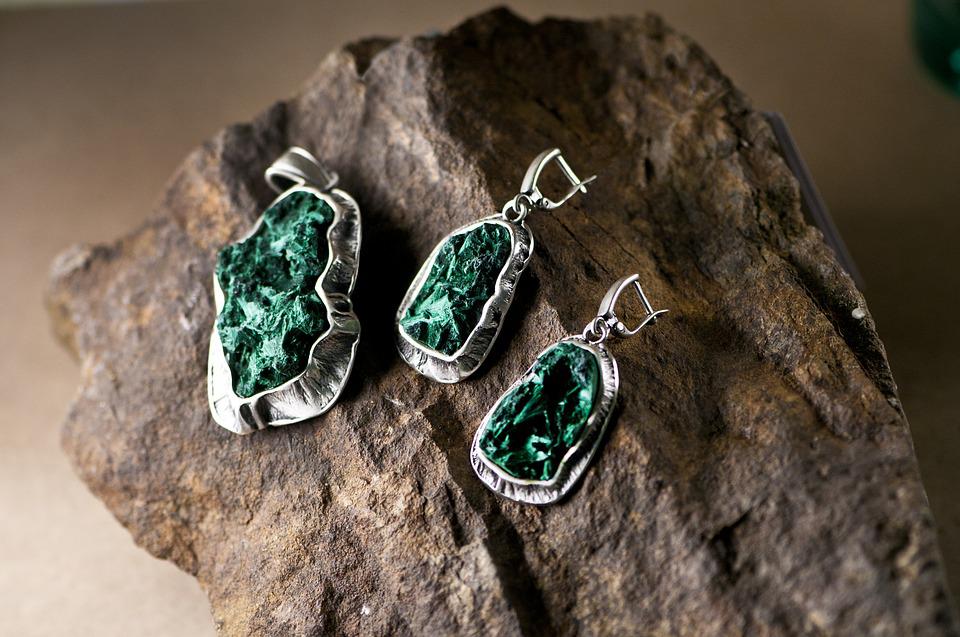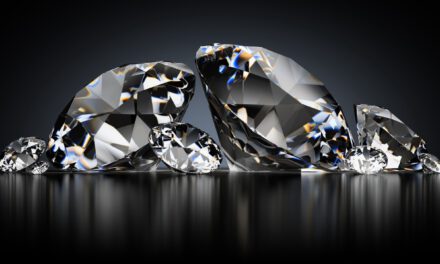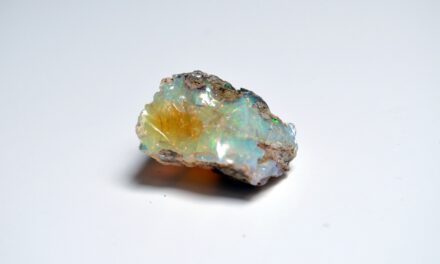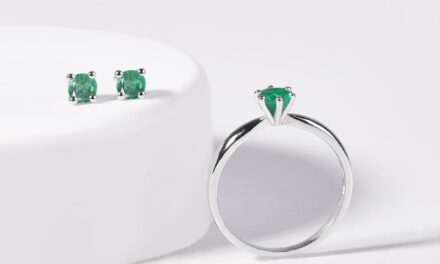Malachite crystal is a favourite to those admiring the green colour. It has a characteristic stunning rich green colour with the noticeable swirls of lighter green shades formed within the stone. If this marvellous deep green gem fascinates you, keep on reading to find out the characteristics of Malachite, how does in form or how to wear it in jewellery.
What are the characteristics of Malachite?
Malachite is a copper carbonate hydroxide material with the chemical formula Cu2CO3(OH)2. Its first use was as an ore of copper and was primarily used to produce this metal. Malachite has a green, opaque colour which comes from the copper oxidising in the air due to Malachite’s formation close to the surface of the Earth. This stunning rich green colour does not fade or become dull over time or due to light exposure. This property and the ability to grind it into a powder made Malachite the ideal pigment for thousands of years.

Where and how does Malachite form?
Malachite forms and is found in caverns, caves and cavities within the Earth, in the oxidising zone above deposits of copper. It also often forms within limestone due to the chemical environment that’s suitable for carbonate formation. The most high-quality Malachite pieces include inclusions and admixtures with other copper minerals, such as azurite or turquoise.
The first deposits of Malachite were discovered in Egypt and Israel over 4000 years ago and were used to produce copper, gemstones, Malachite sculptures and much more. In the 1800s, miners in the Ural Mountains of Russia held the biggest amount of Malachite. However, Malachite deposits can be found worldwide, including in France, Australia, Mexico, the Democratic Republic of Congo, Zambia and Namibia.
Malachite pigment
For thousands of years, Malachite has been used as a pigment and is one of the oldest green pigments used in paintings. Malachite as a pigment was first seen in artwork in Egyptian tombs and was later in the 15th and 16th centuries used by European painters. However, the use of Malachite for its pigment decreased in the 17th century. That happened due to the development of other green pigments. Today, only a few manufacturers provide Malachite pigments to painters who are specialized in historical painting techniques.
The use of Malachite in jewellery
The green colour of Malachite is, without any doubt, one of the most flattering shades of green for many skin tones and hair colours. This property, combined with its overall gorgeous marble effect of the lighter under layers, makes Malachite use in jewellery common. Malachite is usually cut into cabochons, tiny individual beads, carved into ornaments and tumbled into popular tumbled stones.

Although Malachite looks absolutely charming carved into cabochons or ornaments, its use as a gem is restricted by some of its properties. The ones that count are the Mohs hardness of 3.5 to 4.0, its sensitivity to heat and its reaction with acids. Because of those properties, Malachite jewellery very often requires detailed maintenance and everyday care. Usually, Malachite is treated with wax to seal small openings and improve its lustre.
Taking care of your Malachite
Now that you know how is Malachite used in jewellery, it’s crucial to understand how to take care of your gem. Due to its properties, such as sensitivity to acids and its softness, using mechanical cleaning methods such as ultrasonic or steam cleaning isn’t recommended. Also, using this stone in rings, bracelets, or other jewellery that may be scratched or worn daily is not the best idea. However, the use in earrings, pendants or ornaments should be safe for your Malachite.




